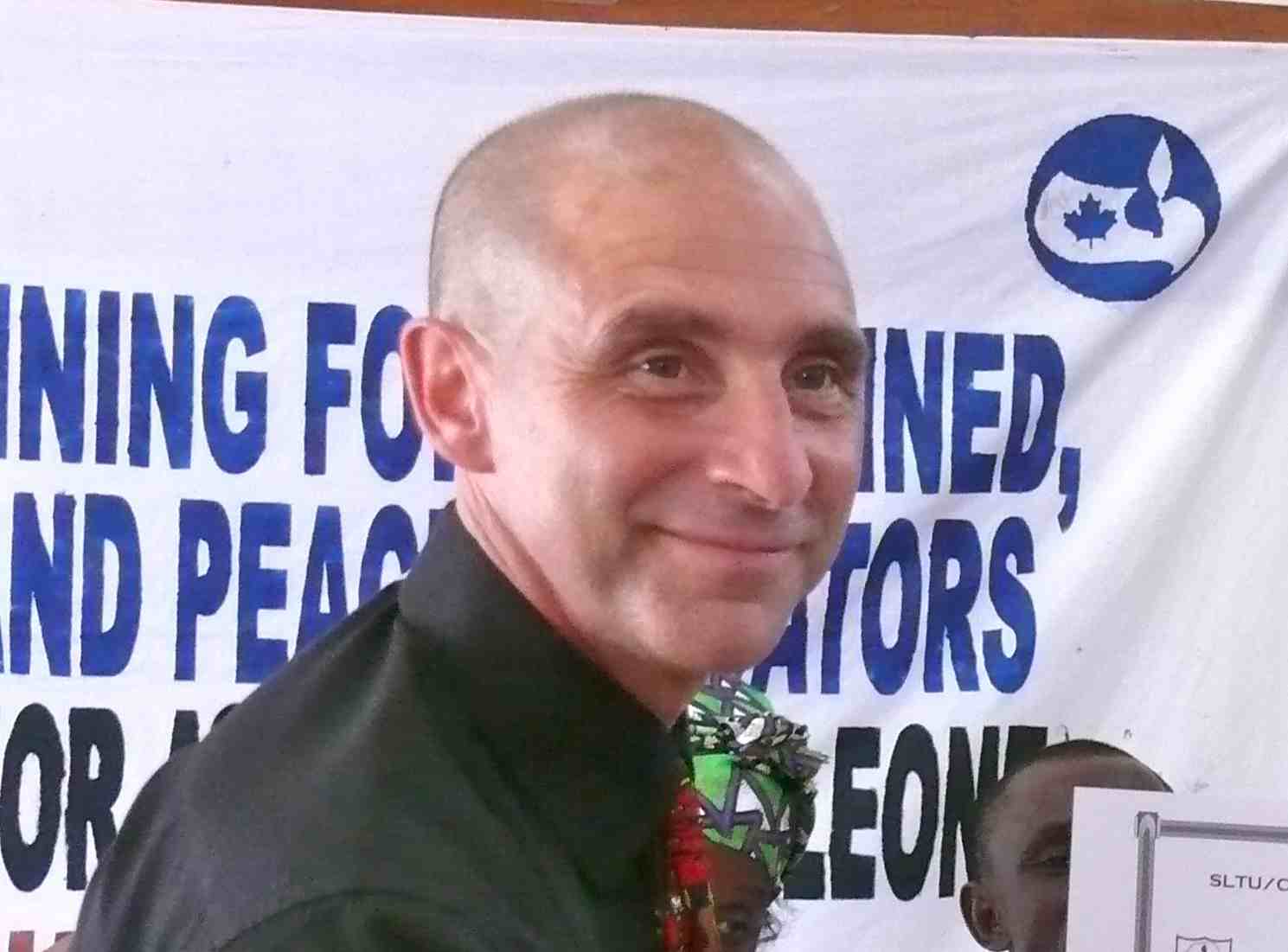A couple of months ago, I wrote a blog about the difficulties of trying to meet the needs of all the students in my grade 7 class. Just to refresh your memory, this particular group has a unique set of factors at play which undeniably influence the overall dynamic and structure of the class: 33 students in total, almost a 2:1 ratio of boys to girls, 5 gifted students, 3 hsp and another 3 on IEPs. As a solution to managing the endless questions and difficulties of all students, I had set up a system of students who acted as “experts” in their group. I had recruited those students who felt they had a solid grasp of the material and who equally were able to demonstrate patience and good communications skills. Luckily I had more than enough who fit the bill. I had asked the remaining students to submit the names of the top three experts they felt comfortable working with and after spending a couple of months in this arrangement, I decided to move them around to new groups. In the process, I had asked the class to provide me with some written feedback on their thoughts about the “expert” system. On the whole, people thought that it was an effective solution but there were quite a few amusing comments which I had not anticipated. I thought I’d share them with you.
They could all see that having an intermediary was a good form of “blockade” and made life much easier for the teacher. Some were annoyed that their experts couldn’t answer all their questions while others were grateful for the time and effort they had put forth. Funnily enough (I suppose in response to those super demanding students), some had felt rather intimidated and overwhelmed with having to look up all the words in the dictionary for their charges. Others reflected how it was sometimes a thankless job where people were quick to criticize but slow to appreciate.
We had a subsequent discussion as a class where we had to specifically define the duties of the experts who were really only supposed to be the first line of defence. We talked about the need to balance demands with also giving the experts some space to get their own work done. Finally, it was established that the experts were not free labour nor did their duties include literally doing the work of others. With these new parameters in place, the system has been fine-tuned and is now running like a well oiled machine. The experts have achieved a near celebrity type status and seem to enjoy the esteem of their peers. We have now added a new tier as well – the “Experts In Training.”J




